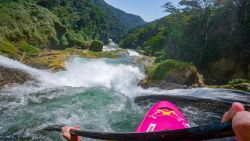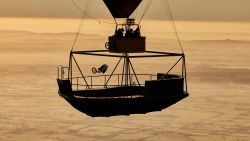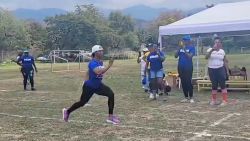You’d have forgiven ultrarunner Coree Woltering for taking some time off after a number of his races were canceled amid the global pandemic, but the 30-year-old had other ideas.
Not content with seeing his training go to waste, the athlete took on the crazy challenge of recording the fastest known time across the Ice Age Trail – a historic footpath which runs through the state of Wisconsin, US.
Starting on June 1, it took Woltering 21 days, 13 hours, 35 minutes to run the 1,147 miles – smashing the previous record by some five hours.
Such a feat of endurance was naturally not without its difficulties, but when things got tough, Woltering went back to basics.
“I can do anything for 10 seconds,” he told CNN Sport. “So you just break it down into 10-second intervals. You take 10 steps forward, and then you do it again and you do it again.
“If that doesn’t work, then you just tell yourself left, right, left, right and that’s what you just keep saying over and over and over.
“It sounds intense… but that’s honestly what it’s like. This trail is almost 1,200 miles and you just have to break it down into 10-second intervals.”
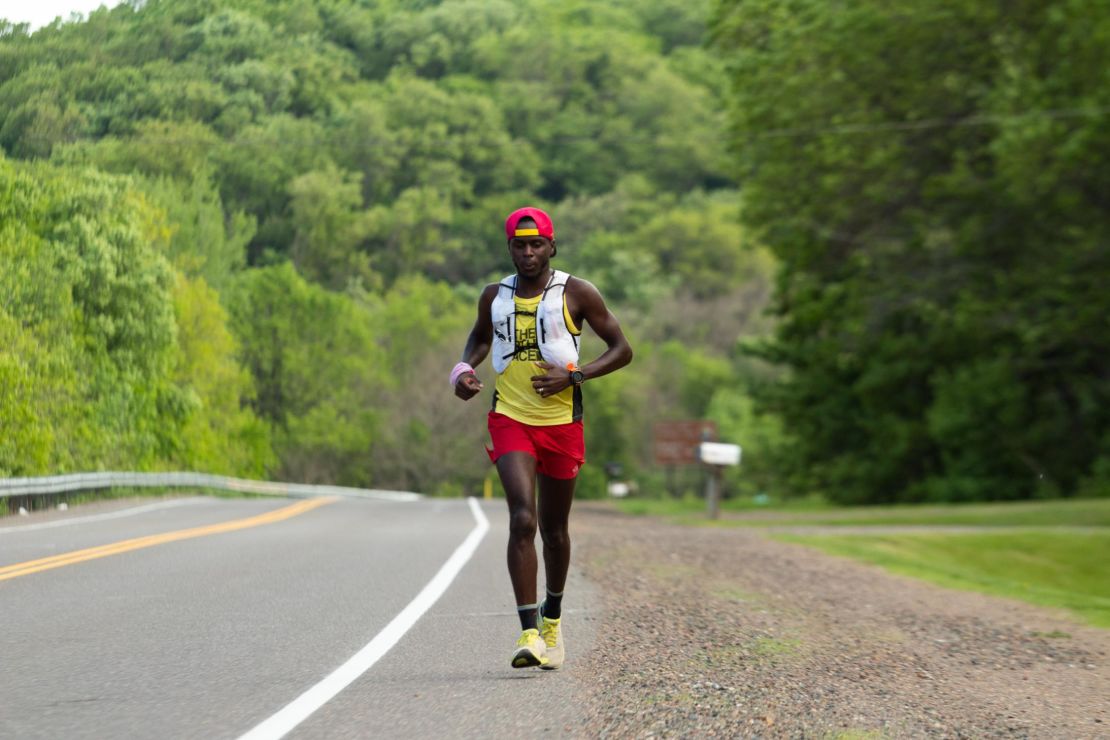
READ: Oscar-winning director Jimmy Chin on fear, risk and finding the edge
A ‘purpose to run for’
The run had been a long-term ambition for Woltering, but the attempt only became reality due to the unforeseen circumstances in the US.
Despite having relatively little preparation time, he set off with just a small support team in tow – including his husband Tom.
Whether it was down to the lack of regular sport on television or simply the magnitude of the adventure, his run began to garner worldwide attention.
Fans were able to follow his run on a live tracker and he regularly updated posts to his blog and Strava account.
Although such attention came as a surprise, it was the perfect opportunity to raise money for the volunteers who maintain the trail, and for Feed America – a charity which helps the most vulnerable people in the US.
Woltering is still aiming to raise $50,000 for the hunger-relief organization, which predicts more than 54 million people in the US could experience food insecurity this year as the virus continues to threaten the economy.
“I figured that if I give myself a bigger purpose to run for, then when things get really hard, it’s going to make it easier to continue on,” he said.
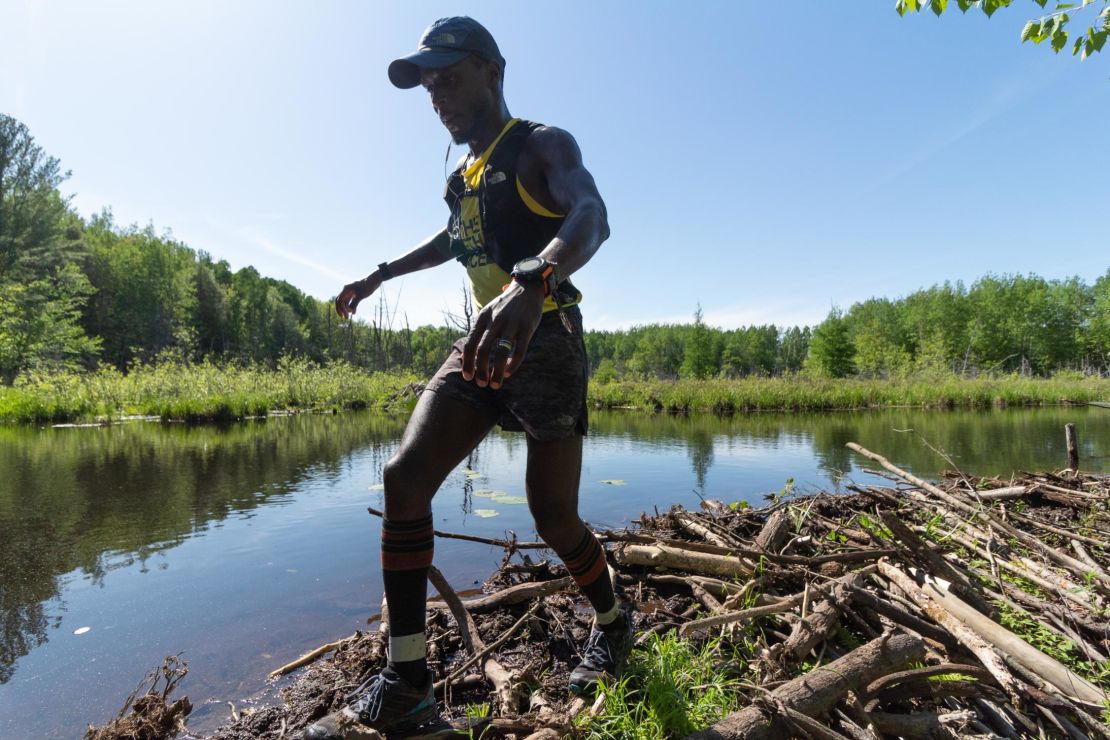
READ: Free Solo – Climbing 3,000 feet without ropes
Injuries and Mother Nature
If running the unfathomable distance in little over three weeks wasn’t enough, Woltering had to deal with a number of obstacles.
Within the first few days, he was in a constant battle with Mother Nature and remembers having to take more than 40 ticks off his skin after running through one particular section.
He was also hampered by a frustrating ankle injury which resulted in him having to walk for a few days, threatening any realistic hope of breaking the record.
But giving up was never an option.
“I figured out that if I still walk for 22 hours a day and sleep for an hour, and do this for the next few weeks, I could still break the record,” he said, remembering the bemused look on his crew’s face as they scrambled to a chiropractor to help get the run back on track.
“We had a couple of days where I did walk from between 12 to 16 hours. I didn’t cover the mileage that I needed to, but I was still able to keep my ankle moving.
“Finally, it got to the point where I could actually run again. That’s the really cool thing about something being three weeks, where you can actually work through something.”

READ: Climbing the height of Mount Everest from the comfort of your own home
Hamburgers and lasagna
Along with the challenges came moments he won’t forget in a hurry.
Members of the local community would join him on sections of the route which cuts through some of the most beautiful places in the country.
Meeting a three-year-old boy who gave him tips for the road ahead still remains a highlight in a run fueled by “gas station food” and to the surprising soundtrack of heavy metal.
A meal of red velvet cupcakes and lasagna, cooked for him by a supporter, still lives fondly in his memory.
“I was eating and drinking condensed chicken soup, Spaghettios and was eating all this stuff cold, not even heating it up, just eating it cold on the side of the trail,” he laughed, saying he consumed between 6,000 to 8,000 calories a day.
“It’s pretty funny when you start to think about it because everyone thinks of running as being this super healthy sport and, in general, it actually is.
“But when you’re doing something of this magnitude, you’re just using whatever you can to keep going.”
George Floyd
Woltering’s run not only coincided with the pandemic but also the widespread protests against racial injustices and police brutality.
George Floyd was killed just days before he started the run and it served as extra motivation when the going got tough.
Staying focused on the task ahead did become difficult with so much swirling around him but he felt it was the right thing to do.
“One of my goals has just been to bring more people of color into the sport, and also from the LGBTQ community. I believe that it’s really important to have representation,” he said.
“Hopefully when people see me in a magazine or in an ad for The North Face, some kid will see that and be like, ‘Cool, there are people that look like me doing this sport’ and then maybe want to try it.”
READ: Man climbs 1,800-foot vertical rock face in record time… without a safety rope
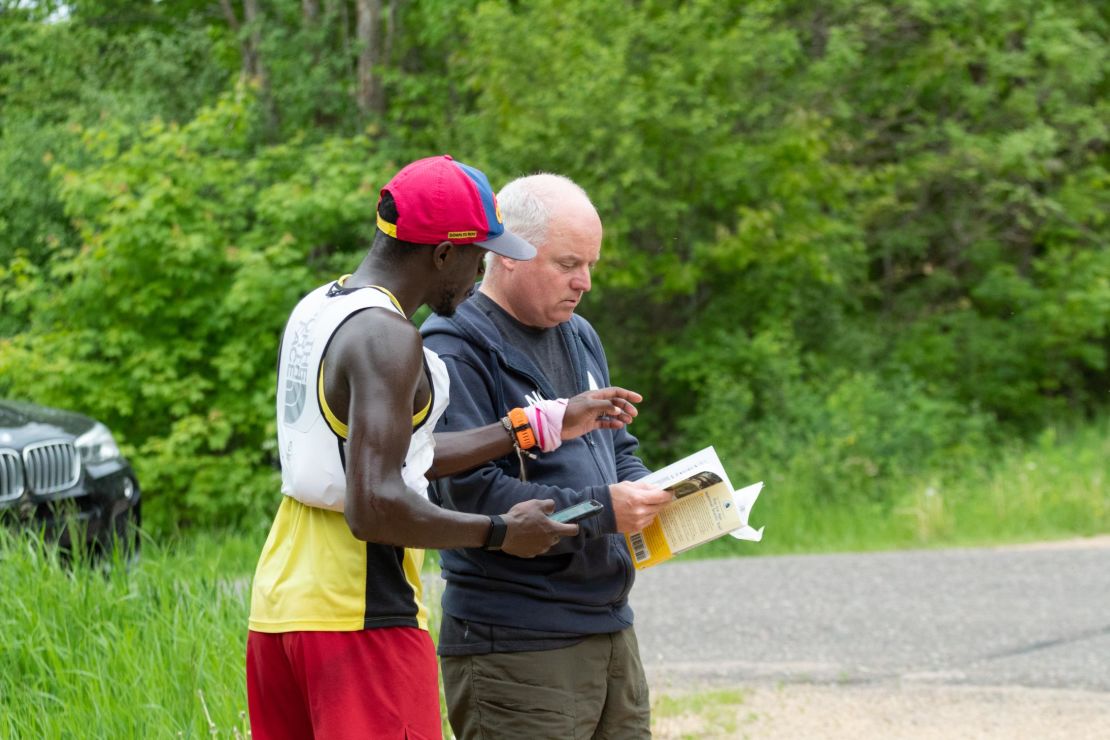
Early years
Despite his obvious talent for long-distance running, Woltering started off more as a sprinter as a child.
He also played soccer and baseball through school but his love for running soon took center stage – he would turn up purposely late for baseball practice so his coach would make him run as a punishment.
“I honestly had no idea that I’d ever be racing on trails or even running for The North Face,” he said. “I thought running a marathon was crazy, up until a few years ago.
“It had always been something I did to stay in shape for other sports when I was growing up, and then it just became the thing that I really enjoyed.”
He now has a frightening back catalog of ultramarathons and blistering times, which are a testament to both his physical and mental fortitude.
Mentality, he says, is the key to endurance events and he trains his mind us much as his body.
“Covering the mileage is not that hard, but it’s how you mentally deal with the highs and lows that come with it,” he said.
“If it’s storming, and I know that I’m gonna be racing somewhere where it could be rainy, then I’ll go out and run in the middle of a rainstorm. Things like that get you ready for what you’re going to be facing.”
Although nothing is in the diary for the upcoming weeks, Woltering is keen to get back running once he’s fully recovered.
He hasn’t ruled out a return to Wisconsin either.
“I’d love to go back and do it again and go faster. I honestly think It can be done in probably 18 days, maybe even slightly faster than that. So I’d totally do it again,” he said.



